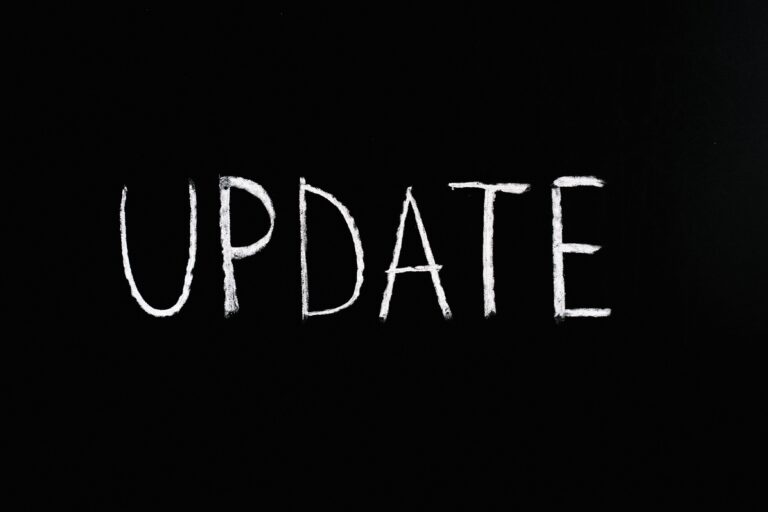
When Should You Update Your Estate Plan?
Updating an estate plan is not usually the first thing on one’s mind when large life events occur. However, if you fail to update your estate plan, over time the plan may not work—for you or your loved ones. Reviewing estate plans at least once every three or four years will help to reach your goals and protect your family, explains the article “Do I Need to Update My Estate Plan?” from Arkansas Business.
Two key documents are used to distribute your assets: your last will and testament and trusts. As your children and other family members mature, those documents should change as may be needed.
If you have a revocable trust, you need to review the dispositive provisions and the trust funding. One of the biggest mistakes in estate planning, after failing to have an estate plan, is failing to fund or manage the funds in a trust.
Trusts are created to avoid probate and establish a process for distributing assets in case of disability or death. However, if assets are not retitled to be owned by the trust, or if the assets don’t have an appropriate beneficiary designation to transfer assets to the trust at the time of your death, they won’t perform as intended. As new assets are purchased, they also need to be incorporated into your estate plan.
Relationships you have with people who have responsibilities for your estate plan may change over time. Those need to be updated, including the following:
Trustee—The person or institution administering and managing a revocable trust, when you can no longer do so.
Guardian—The individual who will have legal authority and responsibility to raise your minor child(ren).
Executor—The person who is in charge of administering and managing your estate.
Health Care Agent—The person you authorize to make medical decisions in the event of incapacity.
Another common point of failure for estate plans: neglecting to update beneficiary designations for assets like life insurance, retirement plans and any asset that customarily passes to an heir through a beneficiary designation.
A regular review of your estate plan with your estate planning attorney also allows your plan to incorporate changes in tax laws. The last few years have seen many significant changes in tax laws, and more changes are likely in the future. Strategies that may have been extremely effective five or ten years ago are probably outdated and might create costs for your heirs. A review with an experienced estate planning attorney can prevent unnecessary tax liabilities, unexpected inheritances and family feuds.
Reference: Arkansas Business (Sep. 2021) “Do I Need to Update My Estate Plan?”

